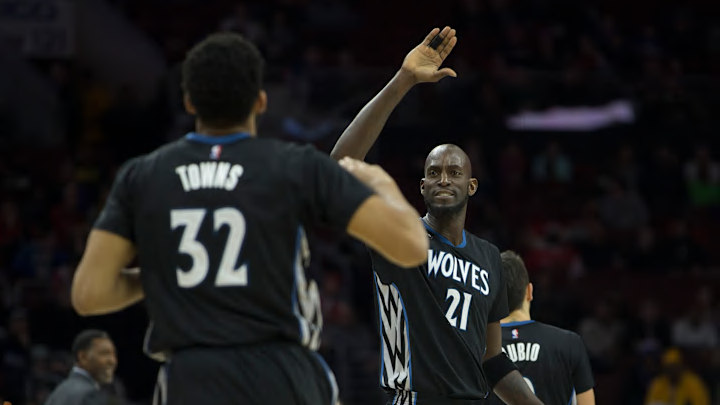Debating the best player in NBA history is quite rigorous. Many pundits point to Michael Jordan, the face of the NBA for numerous years. Others point to LeBron James, the NBA's all-time leading scorer, and the only player to defeat Father Time. Then, there are some that point to Bill Russell, who's won an unimaginable 11 championships.
However, the debate for the best player in Minnesota Timberwolves history is the opposite. Kevin Garnett is the unanimous answer and the most accomplished player to dawn a Wolves' jersey. Several current players are in the running, such as Anthony Edwards and Karl-Anthony Towns, but time will ultimately tell.
When assessing the best Wolves of all time, the argument becomes subjective. In order to rule out the subjectiveness of the debate, we'll rank the best Wolves using player efficiency rating or PER. The term was coined by Jon Hollinger, who strived to measure a player's per-minute performance with a singular number.
10. Michael Williams - 17.9
The first player on the list, Michael Williams, only suited up for 182 games in Minnesota. However, Williams did play for the Wolves for six seasons from 1992 to 1998. He only averaged double-digit points in two seasons before injuries derailed his career.
In his first season in Minnesota, Williams averaged 15.1 points, 8.7 assists, and 2.2 steals per game. That season, Williams ranked sixth in the association in assists and fifth in steals. At 26 years old, it certainly seemed like Williams had just entered his prime.
The former Wolves guard also etched his name into the record books during his relatively short tenure. In 1993, Williams connected on a, still standing, NBA record of 97 consecutive free throws.
After his inaugural seasons, the point guard's averages dipped to 13.7 points and 7.2 assists per contest. Nonetheless, he was an integral part of Minnesota's offense. In both seasons where he played more than 70 games, he recorded a PER of above 18.0 and offensive win shares above 4.0.
